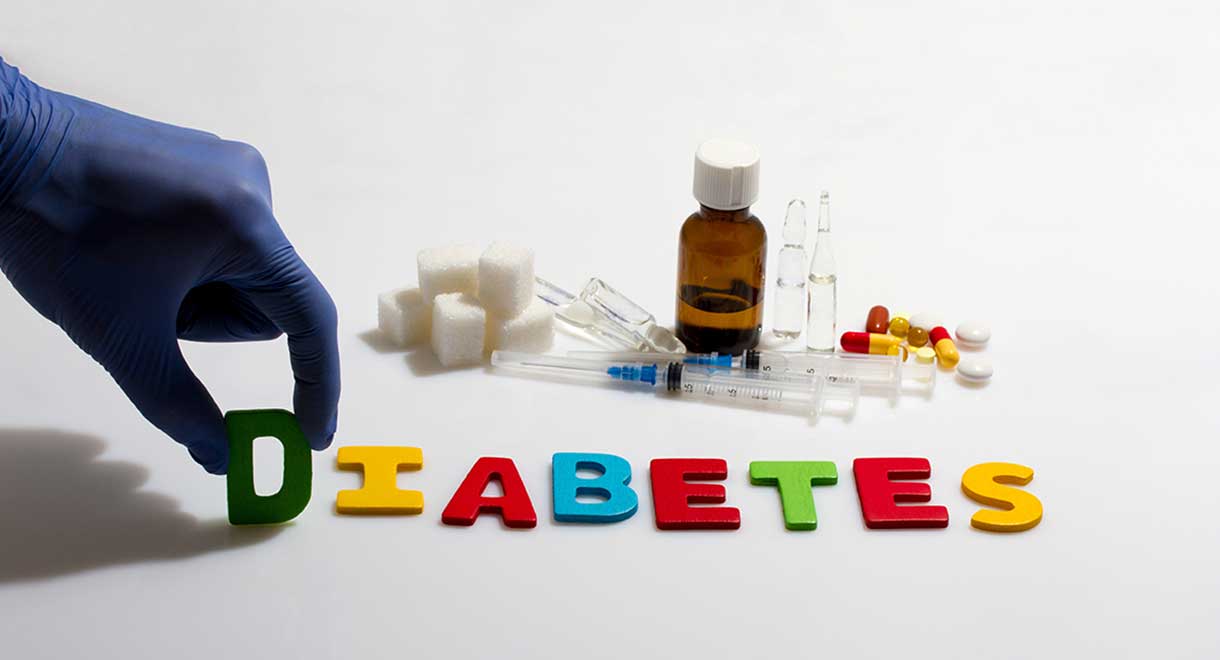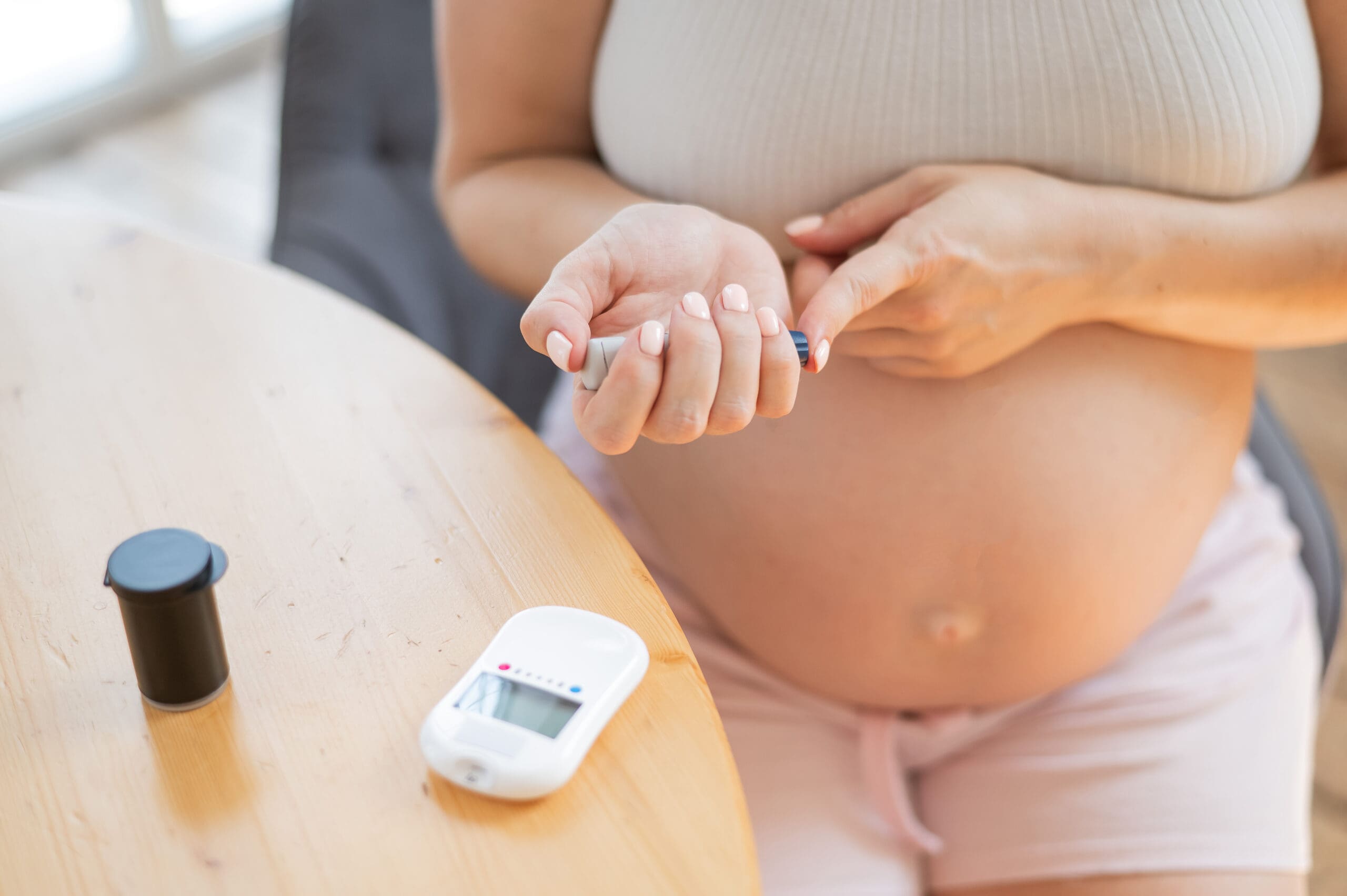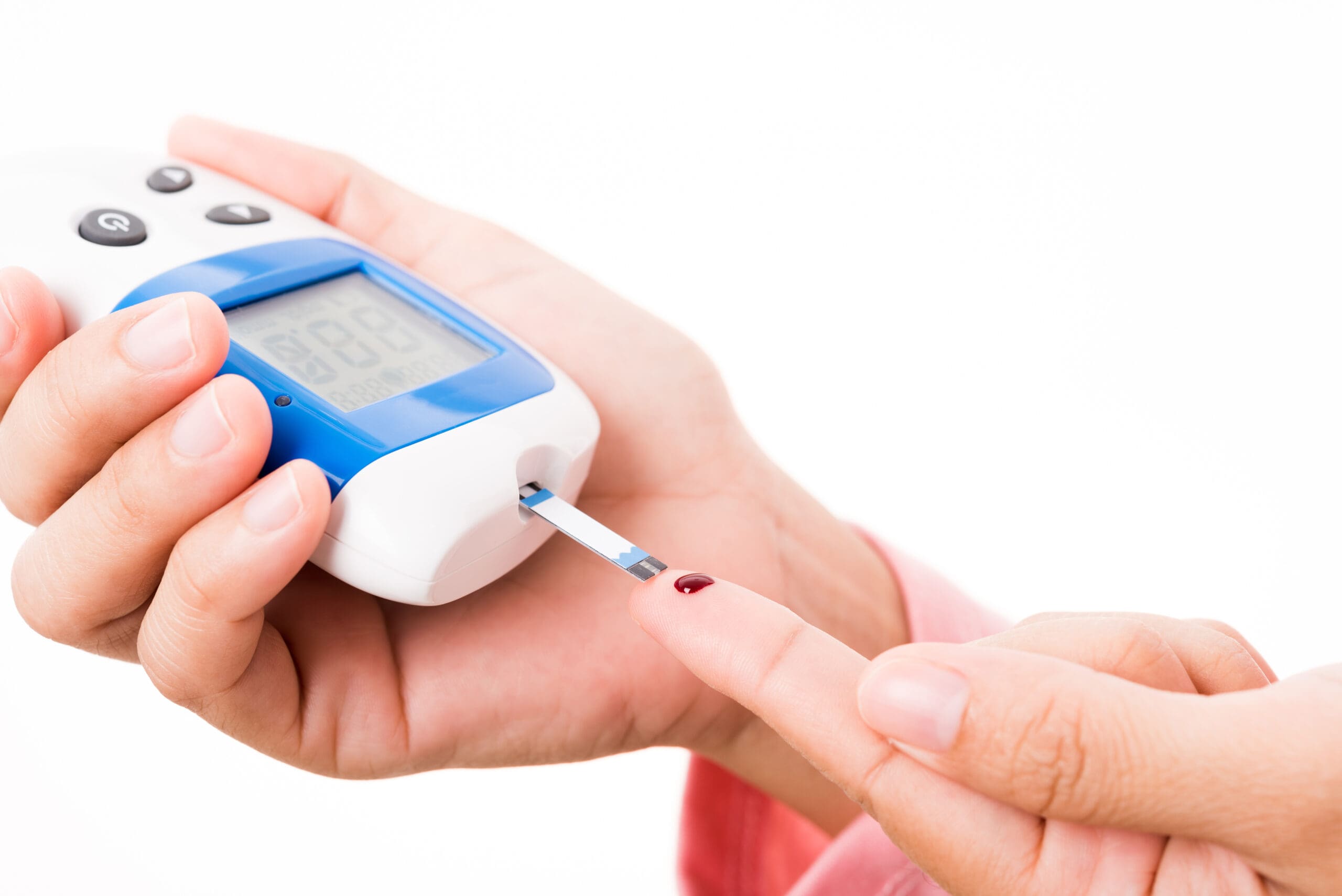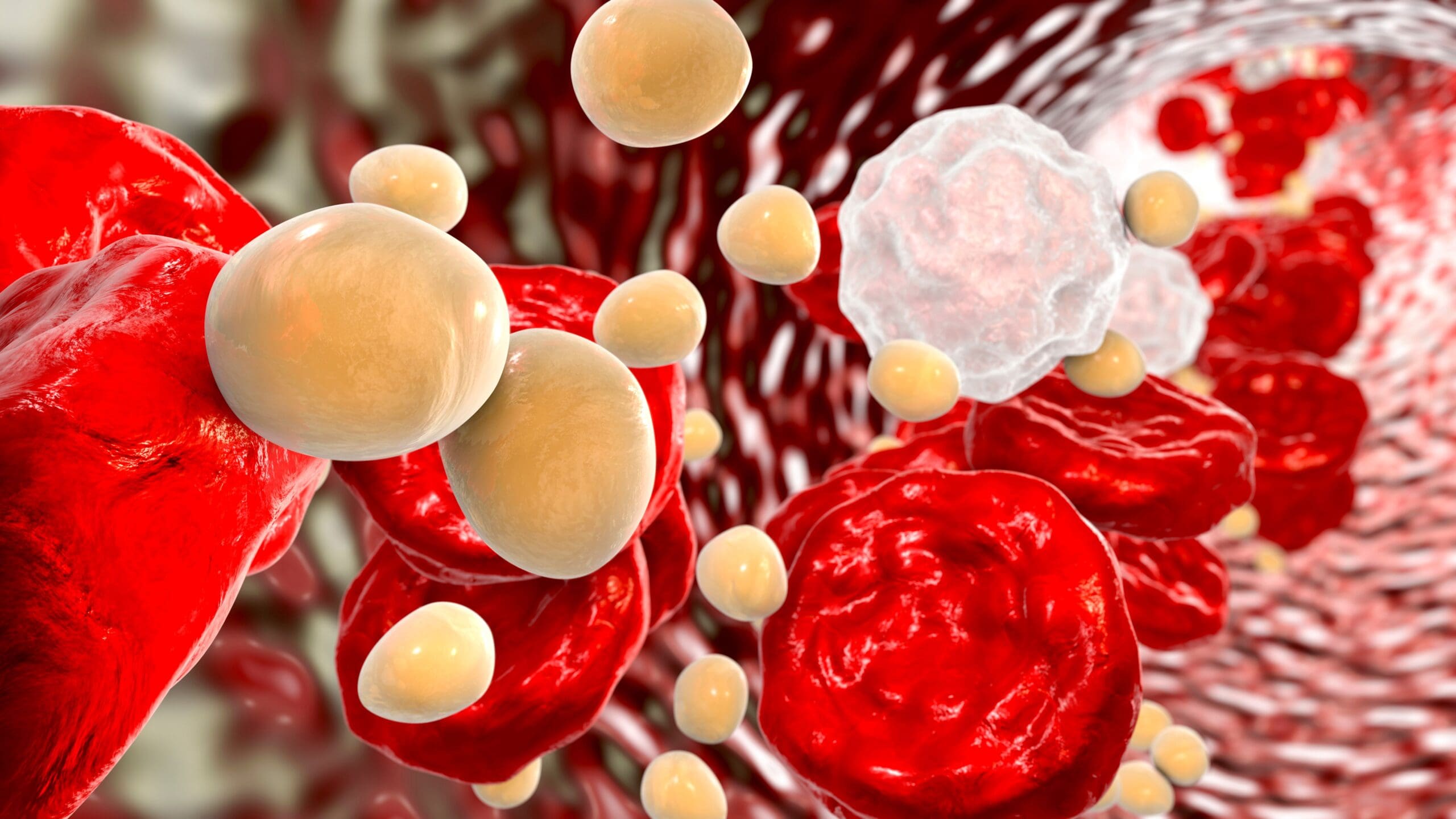Are you sure you don’t have diabetes?
By naturopath Margaret Jasinska
Approximately 280 Australians develop diabetes each day. What a frightening statistic. Currently nearly 2 million Australians have diabetes, but it’s estimated that up to half of the cases of type 2 diabetes remain undiagnosed. By 2031 it is thought that 3.3 million Australians will have type 2 diabetes. Both type 1 and type 2 diabetes are becoming increasingly prevalent, but most diabetics in this country have type 2 diabetes.
Why are there so many cases that go undiagnosed?
The symptoms of type 2 diabetes can be very mild and some people get no symptoms at all until their diabetes is at an advanced stage and irreversible damage has been done to their body. The earlier diabetes is detected and treated, the better chance you have of avoiding the complications of the disease.
Often type 2 diabetes is first diagnosed after an accident or injury that leads to a hospital visit. A general blood test picks up elevated blood sugar. Sometimes a blood test required for work or insurance purposes first detects the disease. Type 1 diabetes usually makes a person feel very sick very quickly, so the disease is diagnosed promptly. Type 2 diabetes can simmer away for many years. This is also the case with a newer type of diabetes called LADA (Latent Autoimmune Diabetes in Adults). It is a much milder form of type 1 diabetes and often gets mistaken for type 2.
High blood sugar is dangerous. Young, fit and slim people can usually get away with eating quite a bit of sugar and junk food, while maintaining normal blood sugar. When you are older, particularly after menopause or andropause, if you are carrying some excess weight and don’t exercise too much, small amounts of carbohydrate may dangerously raise your blood sugar, causing silent damage to your organs.

The following are all possible symptoms of diabetes
- Increased hunger
- Increased thirst
- Fatigue
- Increased urination, particularly at night
- Sores that do not heal
- Infections such as thrush or skin infections such as boils or fungal skin infections
- Blurred vision
- Burning, numbness or tingling in the feet or hands
- Weight loss or weight gain
- Irritability and mood changes
- Headaches
- Dizziness
- Erectile dysfunction
- Bell’s palsy and carpal tunnel syndrome. These conditions can both be a result of nerve damage caused by episodes of high blood sugar
All those symptoms can be attributed to other health problems besides diabetes, but if you suffer with a few on that list, please ask your doctor for a blood sugar test.
Skin signs of type 2 diabetes
The following skin signs are often present in people with diabetes, or people at high risk of developing it:
- Skin tags
These are very common in overweight people and typically develop on the neck, armpits, eyelids and groin regions. They are a piece of skin that projects from the surrounding skin and may be smooth, irregular, flesh coloured or darker. Skin tags can be simply raised above the skin or they can be attached by a stalk. Skin tags are a good indicator you may be suffering from Syndrome X and probably have a high triglyceride and/or low HDL cholesterol level. Losing weight and lowering elevated blood sugar can actually cause the skin tags to drop off. - Acanthosis nigricans
This is a thickened, darkened area of skin commonly found on skin folds. It usually occurs on the back of the neck, under the arms, under the breasts, at the belt line and in the groin. The skin can look brown and leathery. The condition is commonly found in people who are overweight, have type 2 diabetes or polycystic ovarian syndrome.
Type 2 diabetes is a serious disease. It can significantly reduce a person’s life span and their quality of life. Please have your blood sugar checked regularly. For more information see our book Diabetes Type 2: You Can Reverse It Naturally.









Leave A Comment